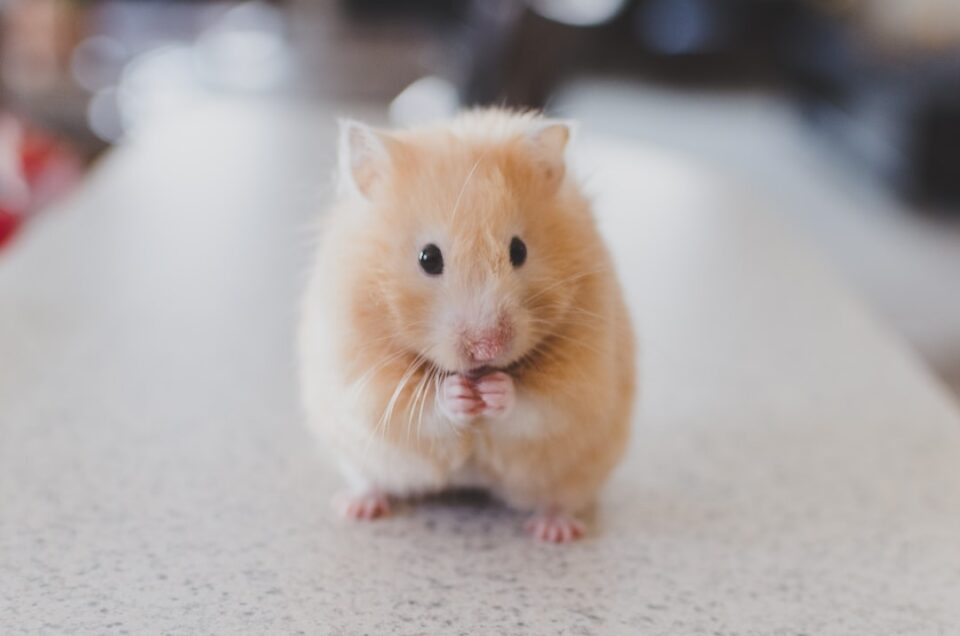The wonder of mimicry: Animals that imitate other species
Nature never ceases to amaze us with its incredible biodiversity. One remarkable adaptation that showcases the ingenuity of various animal species is mimicry. Mimicry refers to the ability of certain animals to imitate other species, often with astonishing precision. This remarkable phenomenon serves multiple purposes, ranging from survival and protection to securing food sources and reproductive advantages. Let’s unravel this captivating aspect of the animal kingdom and explore some fascinating examples of mimicry.
One of the most well-known types of mimicry is Batesian mimicry, where a harmless species imitates the appearance of a toxic or harmful one. Butterflies perfectly exemplify this phenomenon. The viceroy butterfly, for instance, bears a stunning resemblance to the poisonous monarch butterfly. This mimicry serves as protection from predators, as they learn to associate the viceroy’s visual cues with the monarch’s toxicity, thereby avoiding both species.
In addition to protective mimicry, some animals exhibit aggressive mimicry, where they imitate another creature to capture their prey. The notorious anglerfish embodies this strategy perfectly. This deep-sea dweller has a fleshy appendage on its head that resembles a tasty treat. As unsuspecting prey approach, drawn in by the lure, the anglerfish quickly seizes its meal. This deceptive mimicry enables the anglerfish to secure its food source in an otherwise dark and scarce environment.
Mimicry also plays a significant role in reproductive success. Male bowerbirds are masterful architects and decorators, building intricate and elaborate nests adorned with various objects. What’s fascinating is that male bowerbirds imitate the songs and calls of other birds to attract potential mates. By mimicking different species’ vocalizations, the male bowerbird showcases its versatility and intelligence, increasing its chances of attracting a female partner.
In the underwater realm, octopuses are renowned for their remarkable ability to mimic their surroundings. Certain species can change the color, texture, and shape of their body to blend seamlessly with their environment. This adaptive mimicry not only serves as exceptional camouflage but also helps these intelligent creatures in catching prey and evading predators. The mimic octopus, in particular, is famous for imitating other marine creatures such as sea snakes, lionfish, and flatfish, tricking both predators and prey alike.
Mimicry demonstrates the incredible lengths to which animals evolve and adapt in the face of adversity. Through mimicry, they can ward off predators, deceive unsuspecting prey, and enhance their reproductive success. It highlights the power of natural selection, where those individuals with the most successful adaptations are favored to survive and pass on their genes.
As humans, we can only marvel at these awe-inspiring examples of mimicry present in the animal kingdom. It reminds us of the complexity and beauty of nature and inspires us to continue exploring and preserving the habitats and species with which we share our planet.

